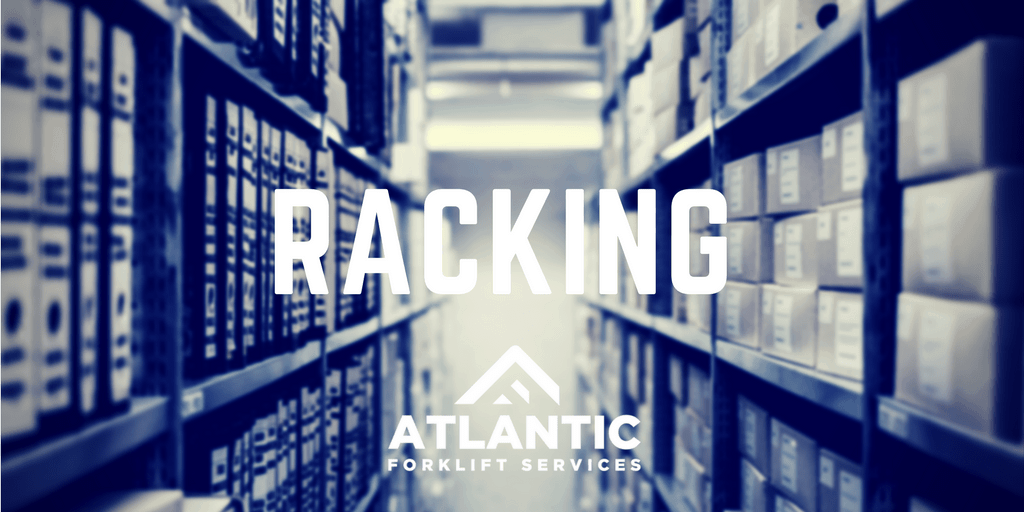Choosing the right forklift for your facility is only half the equation. Your racking system needs to work together with your forklifts to provide the most efficient, safe storage possible.
Let’s start with capacity. Your rack system must be constructed so each shelf can hold what it will be asked to hold.
Placement and number of beams in the racking system can increase the capacity of the system if necessary and of course the racks should be constructed to hold more weight than they will regularly be asked to do.
Capacity is critical but the fact is more racking accidents are caused by other hazards that can easily be corrected.
Any damage to the pallet rack must result in clearing that rack and taking it out of the rotation until it is repaired. Truck collisions are the most common cause of rack damage, and anything that damages the racks should be reported immediately.
Misaligned racks can also cause trouble and can result in the collapse of your entire racking system. Inspect them regularly to ensure they are plum and level.
OSHA makes it clear that rack bottoms should be anchored to the floor using custom base plates and anchor bolts.
Forklift operators should be trained around your racking system and be very familiar with your warehouse layout. Your operator will be the point-person for all things safety around your racks.
A client once asked us which comes first, the racking or the forklifts? The fact is it depends on the needs of the facility. Building the racking system first means you can take advantage of any quirks in the layout of the facility and utilize the available cubic footage to its maximum.
If the business wants to keep its current forklifts you can always build the racking system around the limitations of the forklifts.
Our experts know their way up around and all over any warehouse racking system. Feel free to contact us with any questions about forklift, racking, or any combination of the two!

